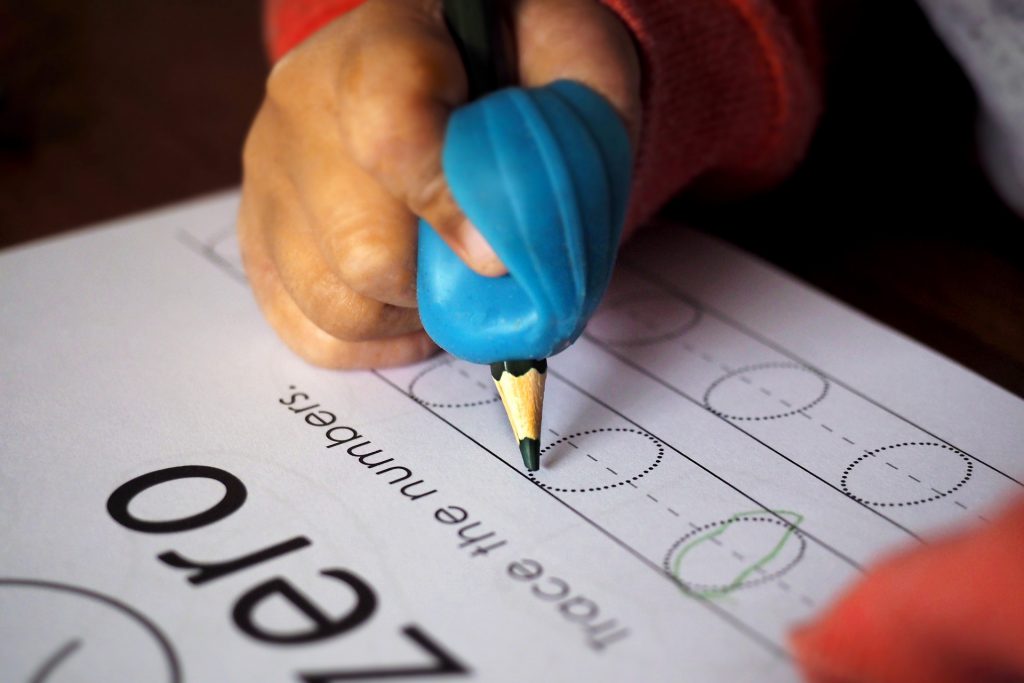Children’s interactions and experiences in their early years significantly impact brain development and aid in developing future learning foundations. According to statistics, 6.7 million children, or a third of U.S. kids, get care from nonrelatives regularly, including 4.8 million children who attend organized daycare or preschool facilities. High-quality early care and education programs have positive short and long-term impacts.

With quality early care and education programs, children are less likely to require special education in their K-12 years or commit juvenile crimes and are highly likely to graduate from high school. In the long run, these kids are likely to secure employment and less likely to depend on government aid. This article outlines five tips for improving the quality of early care and education.
1. Effective educational leadership
Early care and education programs require educational leadership with a solid child development understanding and learning and teaching techniques. Effective educational leadership plays an influential role in motivating, inspiring, affirming, and extending or challenging the education and practice of educators.
An excellent educational leader fosters strategic collaborations, empowers valuable change, and innovates in ways that positively and directly impact schools. It also establishes a reflective practice culture to promote continuous improvement in every aspect of early care and education services, enhancing quality.
2. Stable, professional workforce
The workforce, including teachers, administrators, and caregivers interacting with children daily, is crucial in the quality of early care and education programs. They all should have basic child development knowledge and the ability to lead tasks that enhance children’s learning at different stages.
This requires formal training and education in early childhood education and care. Additionally, the early care and education workforce should get compensation reflecting their expertise and work importance, increasing retention rates and promoting a healthy, stable, and positive learning environment for young minds.
3. Continuous quality enhancement system
Achieving and maintaining top-quality early care and education programs isn’t a one-time milestone. To maintain quality, these programs must have constantly monitored, reflected upon, and revised practices and policies. Children’s development progress should be measured, and structures instituted to review the overall programs, employees, and individual classes and use that data to inform proactive and positive improvement. Quality improvement support, including mentor programs, formal training, communities of practice, informal support networks, and coaching, can help improve and maintain the quality of early care and education.
4. Age-suitable curriculum
All early care and education programs should embrace research-based curriculums that are culturally, linguistically, and developmentally appropriate for all kids. The curriculums may offer guiding philosophies for various program activities, such as the outdoor and indoor environment design and teacher interactions.
They can also help teachers and caregivers to effectively sequence and structure classroom tasks, target specific activities to develop skills or achieve development milestones, and expand on prior experiences and learning. The best early care and education curriculums should be supported by sufficient resources, professional development, and coaching.
5. Detailed family engagement activities
Quality programs recognize that family involvement is crucial to a child’s educational success and institutes policies that help ensure the family is involved in its child’s learning. They should establish family engagement techniques that inspire families to participate in children’s education and care and two-way support communication, making it easier for parents and caregivers to share their children’s talents and strengths with teachers.
Endnote
While most, if not all, early care and education programs vary, achieving and maintaining quality is fundamental. Use these tips to improve the quality of early care and education.


